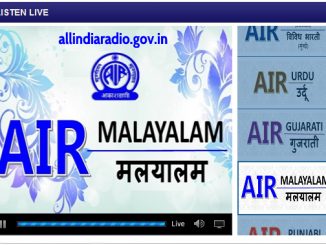India Post is going to replace the Postal Index Number (PIN) with a new code called Postal Address Locator (PAL). The PAL is eight-digit (nnnn-nnnn) and it may be launched in three months. The PAL is expected to vastly improve sorting and delivery of mail and enable India Post, which has a network of over 1.5 lakh post offices, to deliver local mail the same day of posting. There are over a dozen metros and six lakh villages in the country.
The PIN code system, which is static and each post office has a unique number, is not compatible with the Hub and Spokes Distribution. The PAL system is geographical location-specific.
In the new PAL code system, a unique code has to be allotted to each geographical location including village, town, locality, building, street, road, zone and city. The district is the basic unit of PAL. The PAL assigns a unique four-digit number (first part of the eight-digit code) to each of the 600 administrative districts in India.
[advt]
The eight digits in PAL are arranged in a logical sequence. The first digit in the first part of the code stands for the Zone; the second digit stands for the State in that zone; and the third and fourth for the district.
In the second part, the first digit stands for one of the five important cities in that particular district (1 to 5). If this digit is one of the numbers from 6 to 9, it denotes that the address is in a rural area. The last three digits are the village code.
The nation has been divided into eight zones: north India (1), west India (2), east India (3), south India (4), central India (6), northeast India (7); the numbers 5 and 9 have been allotted to the defense services. Each of the 28 States and seven Union Territories will have a two-digit number indicating its respective zone.
Kerala’s code 43 indicates that it is State No. 3 in Zone No. 4 (South Zone). The south zone consists of Andhra Pradesh (41), Karnataka (42), Kerala (43), Tamil Nadu (44), Puducherry (45) and Lakshadweep (46).
I really hope that the India Post will be equipped with scanners and barcode to make the seggregation and sorting automated and faster, to keep up with the changing technology and competition from private courier services. With even the remote villages in India getting connected with WiMAX and other internet services, postal service can become the communication and services hub for the rural India.



Be the first to comment